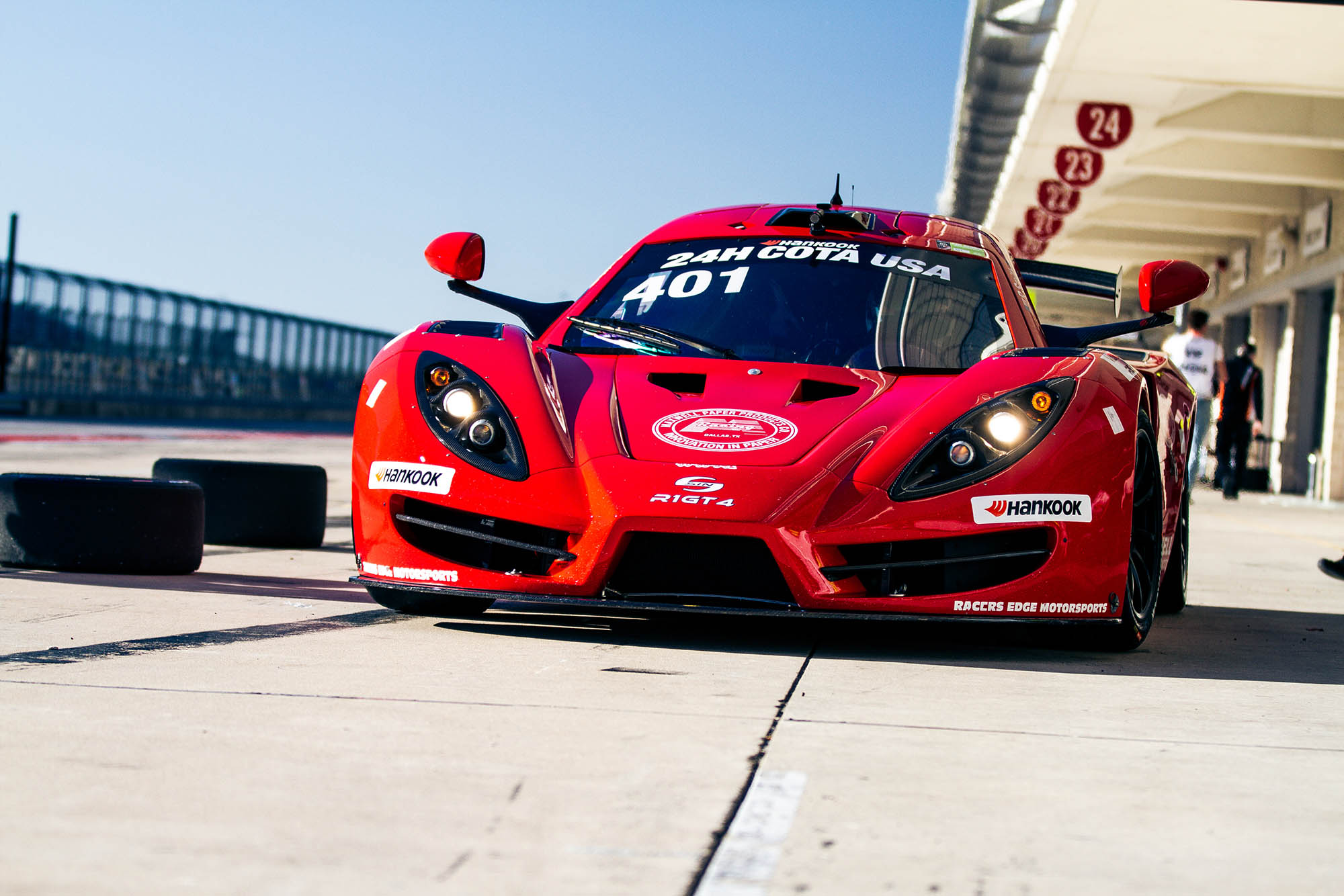SIN CARS Industry JSC is a Bulgarian vehicle manufacturer. It is the spiritual successor of SIN CARS International Ltd., which was founded in 2012. The purpose of SIN CARS International was to build the perfect racing car. This goal was achieved with the creation of the SIN R1 GT4. As its name suggests it was not only homologated for GT4 racing, but it took part in different championships on 3 continents – Europe, North America and Australia. Until now it has had +10 wins, +29 podiums and more than 22 pole positions. It still races in USA for Racers Edge Motorsport and in Australia with Daytona Sports Cars. In addition, an Italian racing team is finishing preparing one for GT3 racing.
Soon after the GT4 version was launched we introduced the road-going version.
In 2018 when SIN CARS Industry was founded it took the activity and know-how from S.C. International when the management decided to go in a greener direction. The first step was to show the SIN R1 Hybrid at that year’s Geneva Motors Show. Later the same year we revealed the first concept of the L CITY vehicle. Next year again on the G.M.S. we showed the L CITY Utility Concept vehicle.
Since then, the main focus of the company has been to develop and perfect our platform.
Interview with Rosen Daskalov, CEO of SIN CARS Industry JSC.
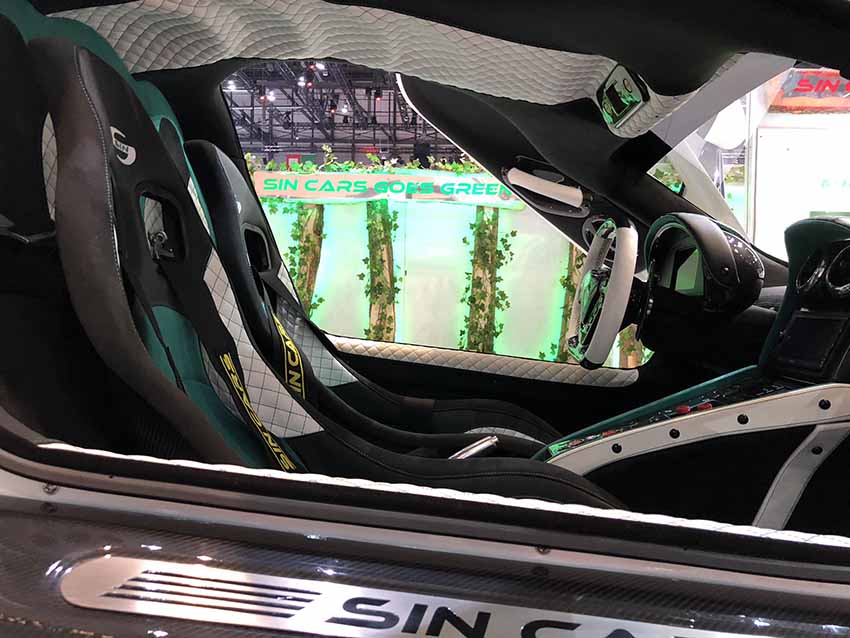
Easy Engineering: What are the main areas of activity of the company?
Rosen Daskalov: We are a car company. We build cars from the ground-up – we imagine them, conceptualize, design, develop, build, test, and commercialize them. We accept orders from other companies, who don’t have the capacity to develop their own vehicle. More recently we have been working on the theme for recycling the batteries of our L CITY vehicles by building energy storage units for offices, households and manufacturing facilities.
E.E: What’s the news about new products?
R.D: Our efforts currently are based around starting the serial production of the L CITY Koffer S model. It already has the European individual type approval, and for the small series type approval it has passed all the tests, except the battery ones, which will take place in the following weeks. We have already started accepting orders and are producing the first units.
E.E: What are the ranges of products?
R.D: All L CITY vehicles share the same platform as a base. The current L CITY line consists of electric LCV’s for urban use (hence the name). We have divided them based on their intended use. The Utility range is formed of the Koffer, the Pickup and the Carrier. They share the same platform and cabin, only differentiate on the loading compartment, (truck, pick-up and no loading compartment.
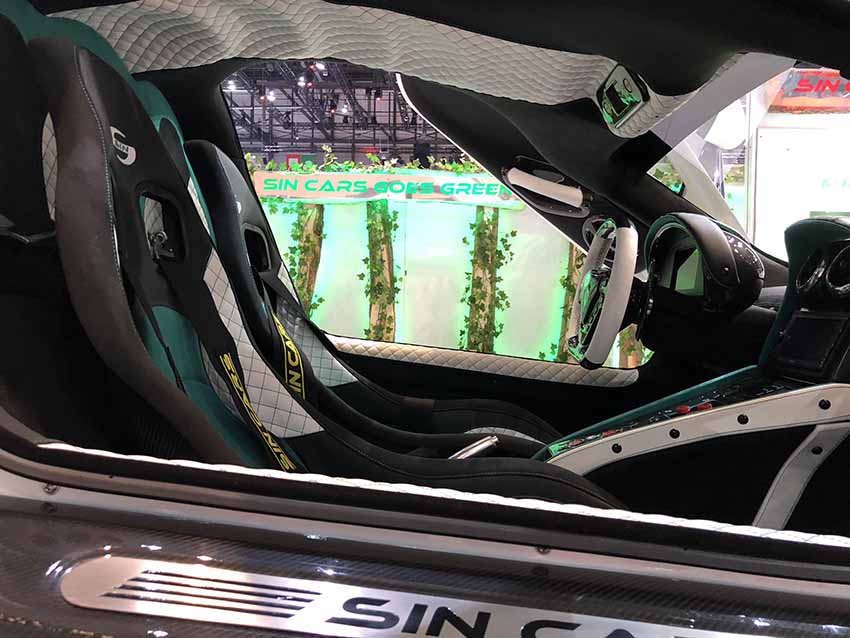
We are currently improving another L CITY model, the L BUS, which based on the demands of the client will be adapted as a people carrier, a cargo transporter or a mixture of both.
We are also working on the L CITY SUN. It is built for sightseeing and general touristic purposes.
In the future we want to build a line of full-size electric trucks and buses.
E.E: At what stage is the market where you are currently active?
R.D: Our market is electric LCV’s. When we first launched the project in 2018, there were hardly any other actors. Even companies who were created earlier than 2018 with the purpose of building electric van- and truck-type vehicles had not yet delivered a market-ready product. Some of them still haven’ t. Since 2020 however, a lot of start-ups have emerged, that saw the potential of the market and wanted to have their slice of the cake. We have contacts with some of them and have found out that they have the same problems we had. The price of lithium is an obvious one, as well as the low supply of semi-conductors. There is also the problem with finding hardware suppliers. We got over it by developing our own electric parts and components. Another problem is the more and more distinguishable presence of the big automotive manufacturers in the segment. In 2018 they were not as focused on developing EV’s, and even if they were, their main targets were not the commercial EV’s. The market was too small and the cost for development too great for them. Now with the restrictions imposed by local and national governments however, the demand for such vehicles has spiked.
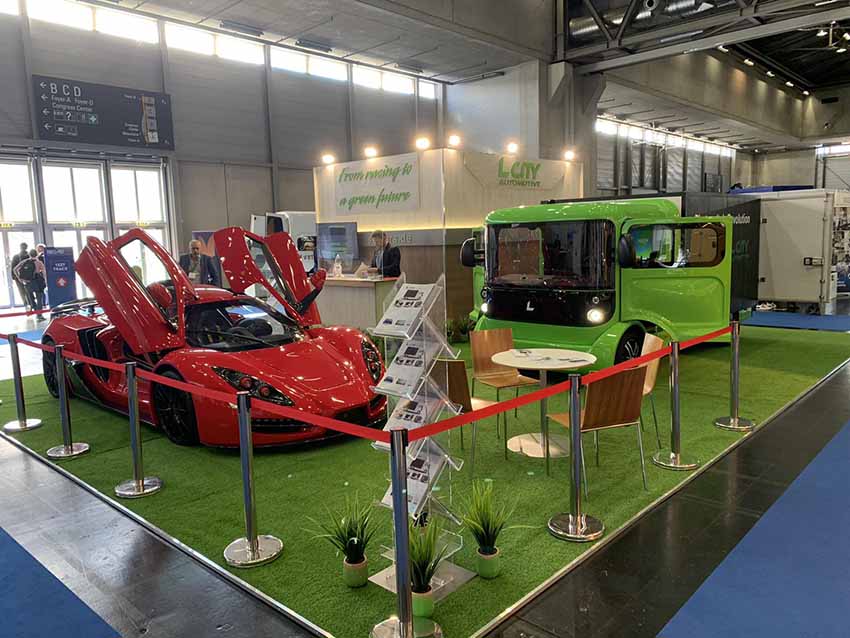
The market now is still at a stage, where there is a lot of potential, both in terms of sales and of new technology. The next decades will be very interesting to follow, as there will be new major players appearing and some of the old might lose their position and advantage. This evolution in transportation will also have its impact on the business in domains, such as restauration, delivery, tourism and at last, but not least – renewable energy.
E.E: What can you tell us about market trends?
R.D: There are two phrases that can define where the market is going – “zero-emission” and “autonomous driving”. This shows the close relation between the vehicle market and the broad industry. The energy transition and labor force optimization are dominating all over the board.
The question is “What will be the leading technology? Is it Nuclear (or Nuclear Fusion)? Solar? Hydrogen?” Etc.
E.E: What are the most innovative products marketed?
R.D: When you consider the industry, there are innovations in every aspect of the EV. It could be the battery management or the construction of the battery itself. Companies are looking into solid state batteries, even some have plans to use it as a dominating technology in their models over the next years. But for me graphene is the most interesting piece of innovation right now and I think we will see it a lot in the future.
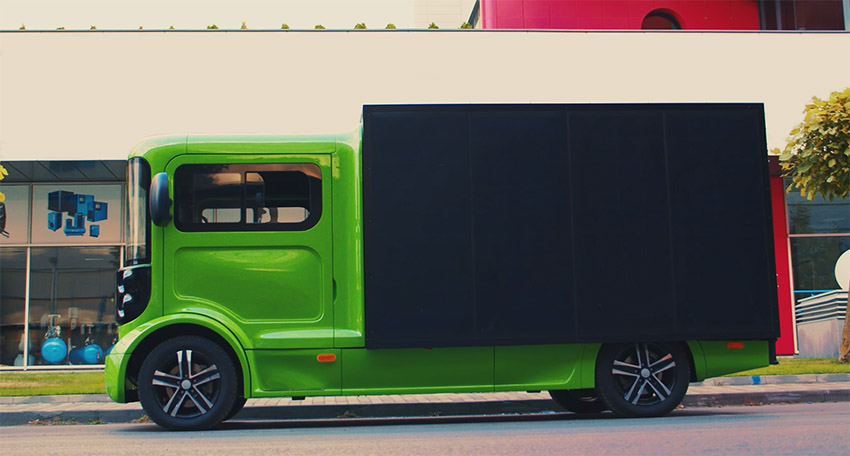
E.E: What estimations do you have for 2022?
R.D: 2022 has been quite turbulent so far. We have the war in Ukraine, the inflation, the still lingering COVID threat and the ongoing shortage of semi-conductors.
I think this will only accelerate the rate of transitioning from fossil fuels and the old, less efficient ways of manufacturing.
The 2020’s will be a period of Schumpeter’s Creative Destruction in full force.

